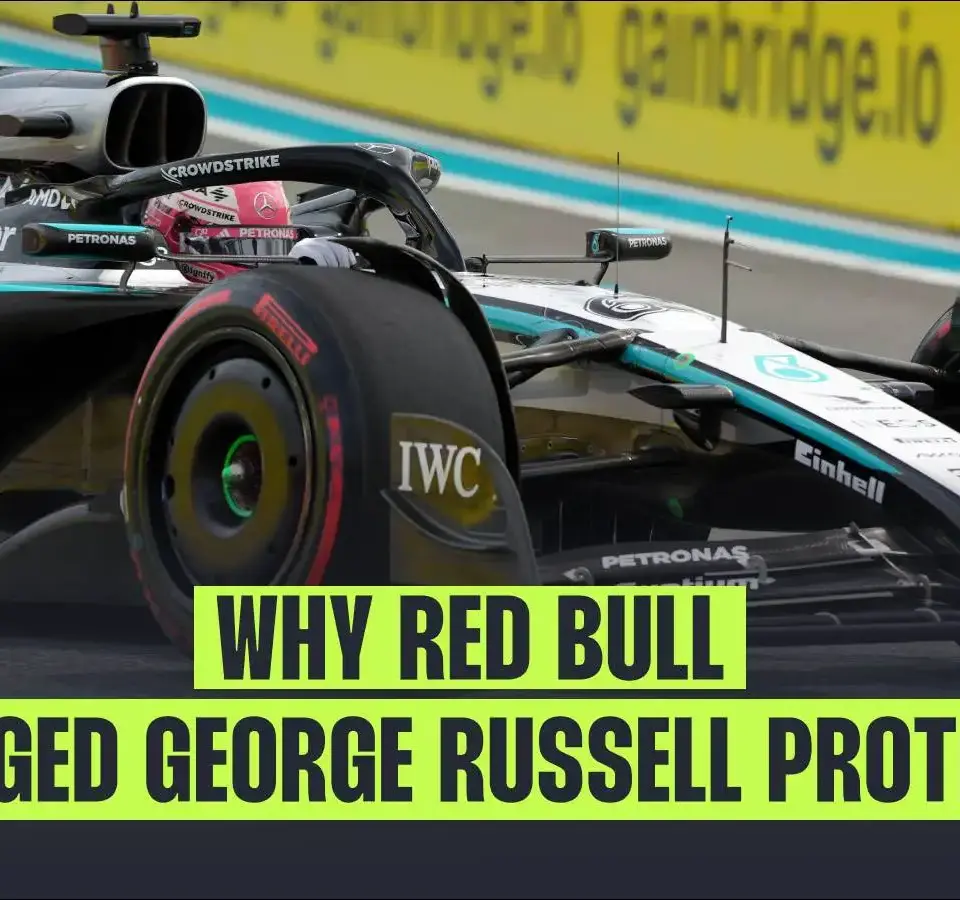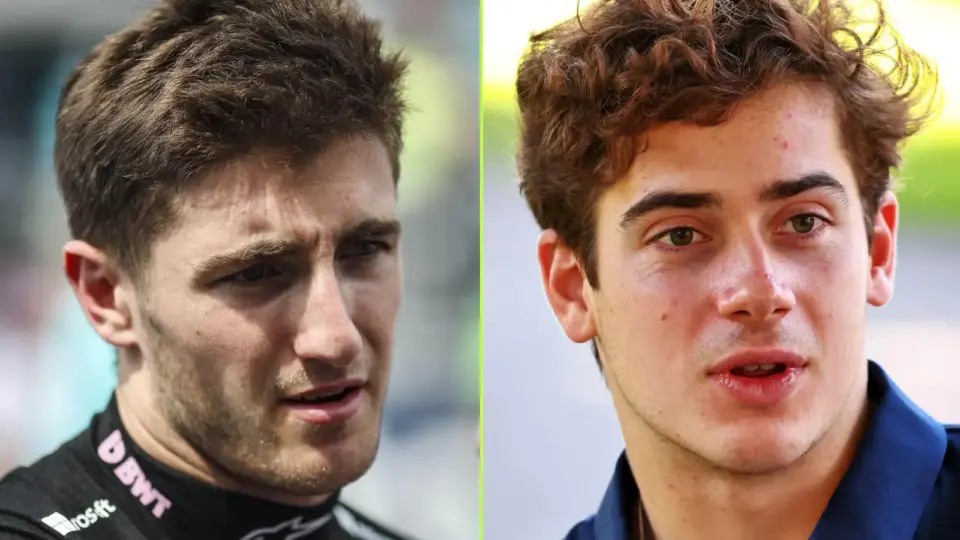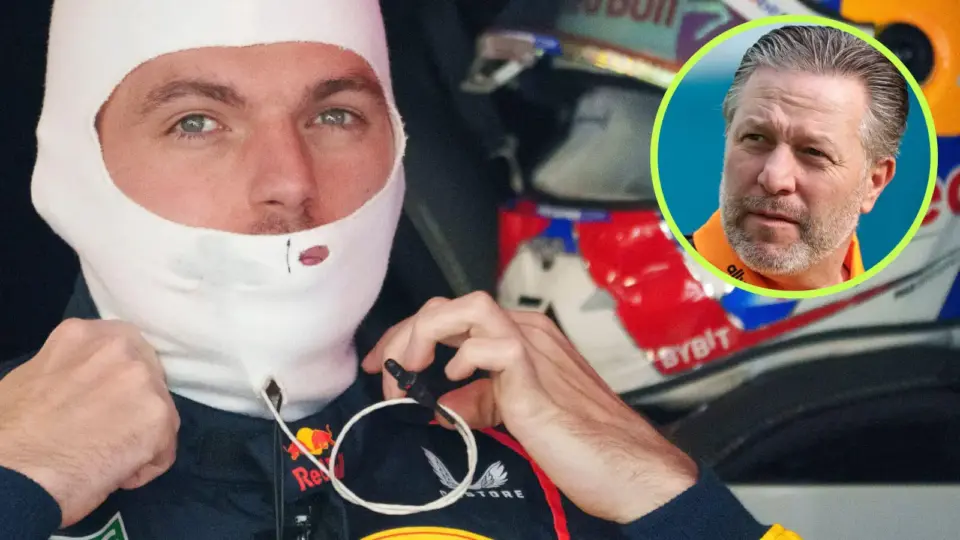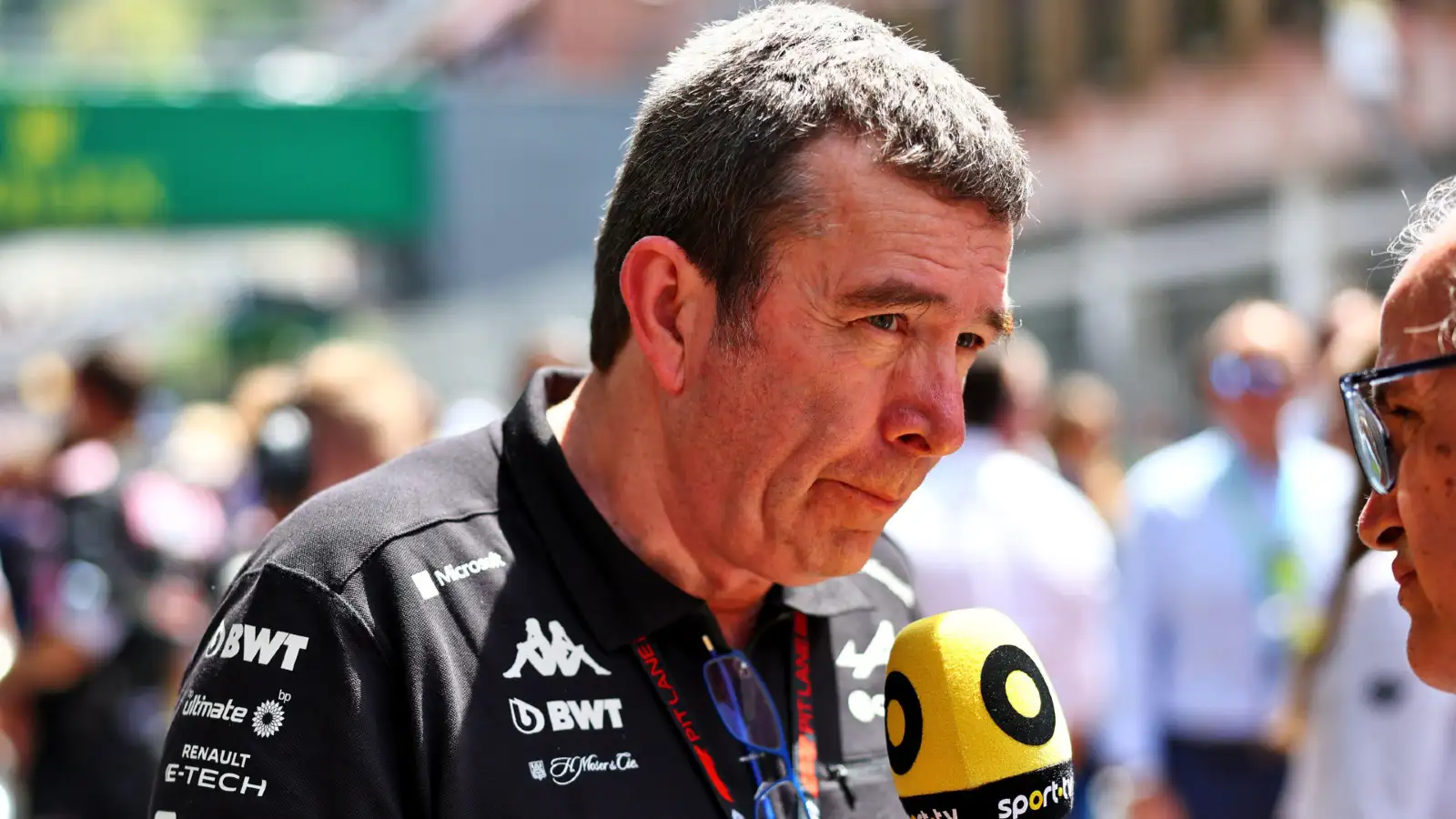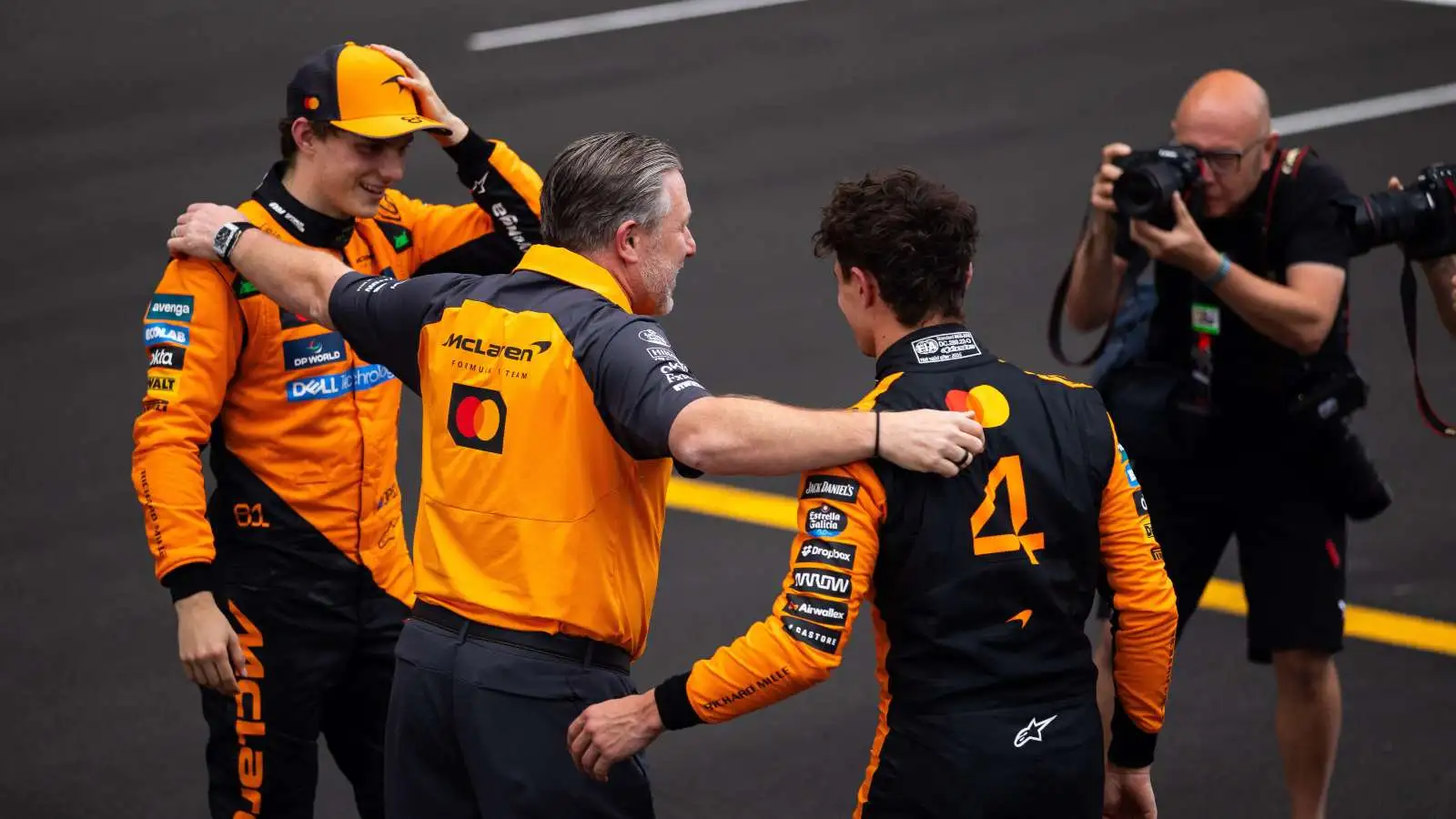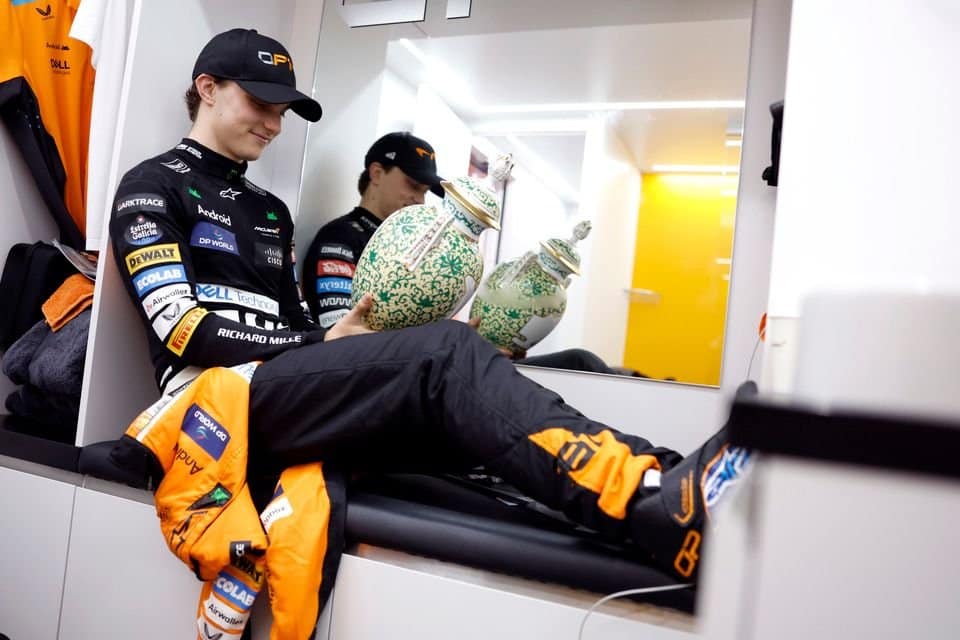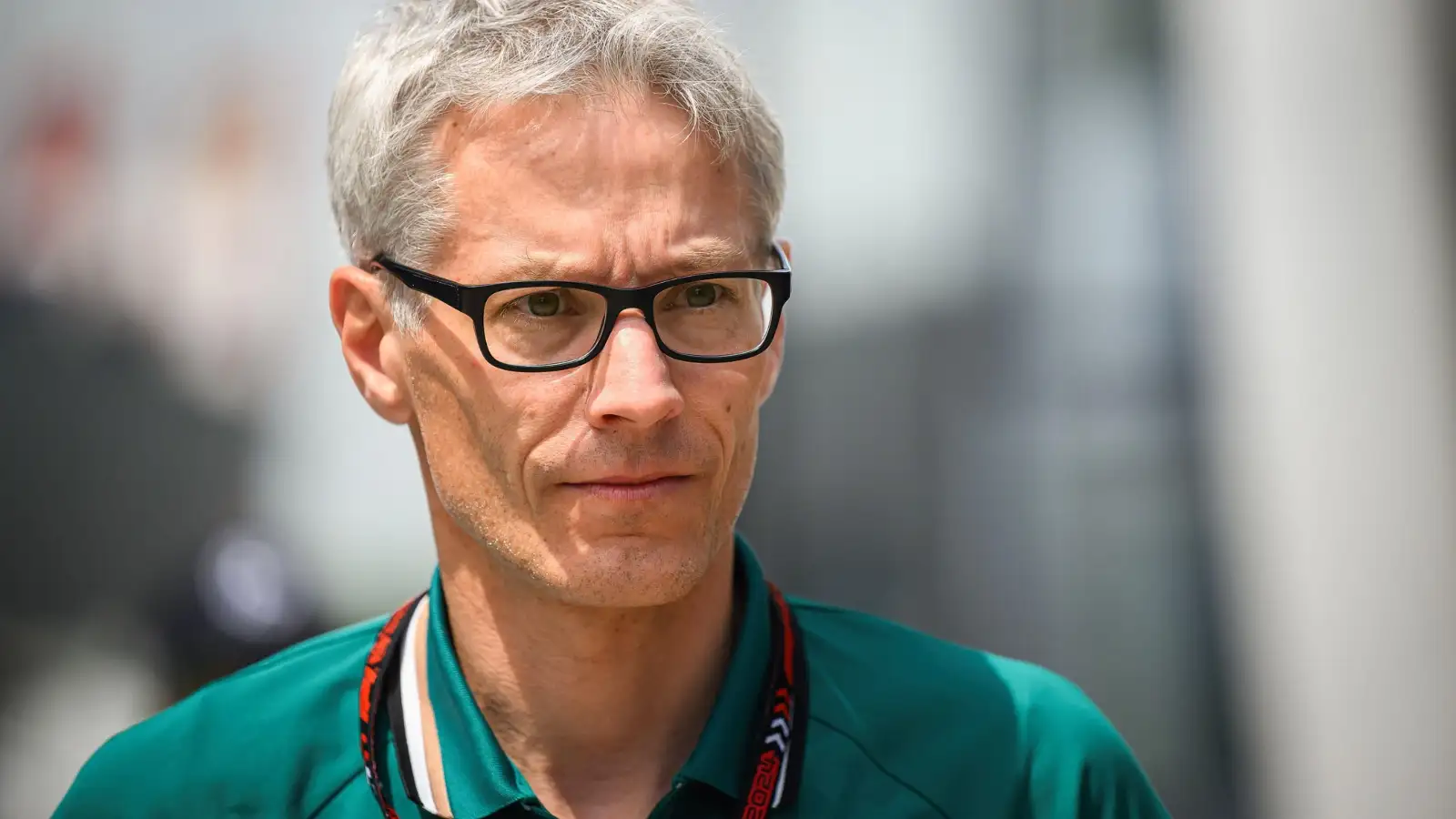Why did Red Bull challenge George Russell’s podium finish in Miami? The race was filled with twists and strategic maneuvers, but it was Russell’s savvy use of the Virtual Safety Car (VSC) that sparked controversy. Red Bull’s own Max Verstappen was caught off-guard by a timely pit stop from Russell, leading to an unexpected shake-up.
In the high-speed world of Formula 1, every second counts. Verstappen’s pit stop was timed just before a VSC, benefiting Russell, who pitted later at a crucial moment. This timing difference allowed Russell to edge ahead of Verstappen, prompting Red Bull to question whether all was fair under the yellow flags. Let’s explore the nuances behind Red Bull’s protest.
The Pit Stop Dilemma
The drama unfolded on Lap 26 when Verstappen switched from medium to hard tires under normal conditions. Just after, Haas’ Ollie Bearman’s car stopped due to an engine failure, activating the VSC. Russell seized this moment, pitting under the VSC and emerging ahead. Verstappen kept close but lacked the speed to overtake, staying a few seconds behind Russell.
Verstappen’s Strategic Queries
Later, as the race progressed, a yellow flag was deployed again following Sauber’s Gabriel Bortoleto’s engine issue. Verstappen, aware of the previous pit stop gains by Russell, asked his team to check if Russell slowed under the yellow flag. His engineer’s cryptic response hinted at a strategy that might hinge on a possible penalty for Russell.
Understanding the Regulations
F1 regulations are complex, with rules about slowing down under yellow flags being particularly critical. Article 2.5.5.b of the International Sporting Code requires noticeable speed reduction. This isn’t just about lifting off the throttle; it involves an evident pace drop, indicating driver acknowledgment of caution zones.
The Protest and Its Grounds
Red Bull argued that Russell didn’t slow sufficiently, violating the rule on speed reduction under a yellow flag. Stephen Knowles from Red Bull presented data showing Verstappen’s compliant speed drop versus Russell’s insufficient slowdown. Mercedes contested, citing Russell’s significant throttle lift as customary practice.
Telemetry and Its Tale
Telemetry showed Russell lifted the throttle by 25%, reducing torque by 30%. Red Bull’s case hinged on whether this signified a real speed drop. Regulators debated whether speed must reduce relative to race pace or absolutely, a confusing but pivotal distinction highlighted in the ruling.
The Stewards’ Decision
This decision set a precedent, offering teams new clarity on interpreting yellow flag rules. The ruling underscored the significant yet subtle difference between relative and absolute speed reductions, a nuance previously muddled in F1 practices.
Implications for Red Bull and the FIA
Although Red Bull’s protest was denied, it shone a light on the ambiguity within F1 regulations. Teams now have a clearer, albeit complex understanding of the expected conduct under yellow flags. This could lead to future revisions of regulations, aiming for clearer guidelines.
The Sportsmanship Question
The case also raised questions about sportsmanship and strategic gameplay. Using VSCs and yellow flags to gain an edge is part of racing’s strategic depth. Yet, it tests the balance between exploiting opportunities and adhering to the sport’s ethos.
Looking Ahead in Formula 1
In this high-stakes arena, the challenge of interpreting rules will continue to surface. The incident in Miami has set a critical example for future races, pushing for a balance of strategic gains and regulatory adherence in the pursuit of victory.
Conclusion: Setting the Record Straight
While Red Bull’s challenge didn’t alter the Miami results, it clarified an important regulatory aspect in F1. The sport continues to evolve, as do the strategies employed by teams. This case served as a reminder of the precision required in understanding and applying racing rules.
This contentious episode in Miami won’t be the last of its kind in Formula 1. As the sport grows, so do the complexities of its rulebook, challenging teams to adapt and thrive in ever-changing conditions. Russell and Red Bull provided a riveting chapter, leaving fans eager for the next grand prix intrigue.
